You may have seen the headlines this week from The New York Times that Rebecca Yarros’ novel, Onyx Storm—the third in the Empyrean Series—is the fastest-selling adult novel in twenty years. Here, adult does not refer to erotica but rather serves as a nifty qualifier to exclude the Harry Potter series from contention. The romantasy novel sold an astounding 2.7 million copies in its first week.1 This is a huge achievement for Yarros, who had already published roughly 20 contemporary romance novels before moving to romantasy.
Even before this momentous announcement, there was no doubt that we are living in what most historians will come to call the Era of Romantasy. While romantasy is not the main focus of this Substack—since it does not technically fall under the label of romance (you can tell because it’s a different word)—the genres overlap heavily and influence each other.
Whether romantasy is a threat to romance is an open question in the book world. Do all ships rise with the tide, or is publishing a zero-sum game? It’s not rhetorical. I don’t know. But here’s what I do know…
Defining Romantasy
What is Romantasy, and how does it differ from Romance?
Romantasy = Romance + Fantasy
#womeninstem
There is no universally accepted definition of romantasy. As the name suggests, it occupies the grey space between romance and fantasy. Like fantasy novels, romantasy is set in fantastical worlds with varying levels of worldbuilding—though rarely to the complexity of epic fantasy (i.e., Tolkien). Like romance novels, romantasy is character-driven, with romance serving as an integral part of the story—one that cannot be stripped away without rupturing the plot.
However, romantasy does not need to adhere to some of the stricter structures of romance novels. Most romantasy books are at least duologies (two-part series), whereas romance novels are full story arcs that end with a mandatory happily ever after. A romance novel that ends on a cliffhanger is exceptionally unusual—and often, unwelcome.2 While romance series certainly exist and are very popular, each book focuses on a different romantic pairing. Think Bridgerton.
Origins
The publishing house Bloomsbury claims to have coined the term romantasy to clarify the burgeoning genre of their star author, Sarah J. Maas. However, romantasy has been listed on Urban Dictionary since 2008—four years before A Throne of Glass was published.3 Furthermore, it’s one of the worst-kept secrets in publishing that Maas heavily lifted her plot from the 2007 novel Daughter of Blood (more on this later). So, apologies to Bloomsbury, but you didn’t make romantasy happen.
Let’s explore a few significant novels from the archives.
Princess Bride 1979
I'm arguing that The Princess Bride by William Goldman was one of the earliest examples of romantasy.
"As youuuu wiiiishhhh!" (That was rhetorical.)
The romance is undeniably central to the fantastical plot. Buttercup and Westley navigate the Fire Swamp, scale the Cliffs of Insanity, and survive the Zoo of Death—all in pursuit of their happily ever after.
Of course, there are a few counterpoints. First, The Princess Bride is technically a book within a book, which raises the question: is the story truly set in a fantasy world? Enough with the meta questions. Second, it's a standalone novel. But while romantasy often differentiates itself from traditional romance through its use of cliffhangers, I don’t think the reverse is necessarily true. A single, self-contained book can still belong to the genre.
As I said, the boundaries aren’t always clear and I’m feeling controversial.
War for the Oaks 1987
Emma Bull’s War of the Oaks is widely considered the first romantasy novel (by sheep). Set in Minneapolis, the story follows Edie McCandry, who quits her rock band only to stumble into the supernatural world. Drawn into a war between the Seelie (good fairies) and Unseelie (bad fairies), she soon finds herself at the center of a high-stakes battle—one fought with both magic and music. It culminates in a rock battle to determine the fate of the world.
As you can see, the novel does have a slight slant towards fantasy. War for the Oaks, drawing extensively from Irish mythology, was one of the first to introduce the concept of fairy courts—a theme that has since evolved into a genre of its own. Furthermore, the central love interest, the Phouka (an Irish trickster fairy), sets the stage for the rise of morally gray heroes, a trope that has since become a staple in romantasy.
Daughter of Blood 1998
Daughter of the Blood, the first book in Anne Bishop’s Black Jewels trilogy, is an interesting case study, as it appears to have heavily influenced A Court of Thorns and Roses—so much so that some have accused it of plagiarism.4 This isn’t my observation, but a long-standing discussion within the book community. Sarah J. Maas has openly expressed her love for the series and has cited it as an inspiration for her own work.
While Black Jewels is well-regarded, it has never reached the level of success that ACOTAR has achieved. This contrast highlights that there is something specific about the present moment that has allowed romantasy to explode in popularity.
Back to Romance
It's clear that romantasy is shaking up the publishing industry. As mentioned earlier, its impact on traditional romance authors remains uncertain. However, there is anecdotal evidence that publishers are letting go of longstanding romance authors in favor of market trends. Rest assured, Romance and Co. is keeping a close eye on this evolving story.
https://www.nytimes.com/2025/01/30/books/rebecca-yarros-onyx-storm.html
This is certainly open for debate, but much of the community agrees that the novel must end with an optimistic HEA to qualify as a romance novel. There are series romances (i.e. early Harlequin) that continue into the next book, but I do not believe this is nearly as common anymore. Please debate in the comments!
https://www.theguardian.com/books/2024/feb/02/romantasy-literary-genre-booktok#:~:text=It%20is%20unclear%20where%20the,Dictionary%20as%20early%20as%202008.
Seems I don’t know how to insert a youtube link…


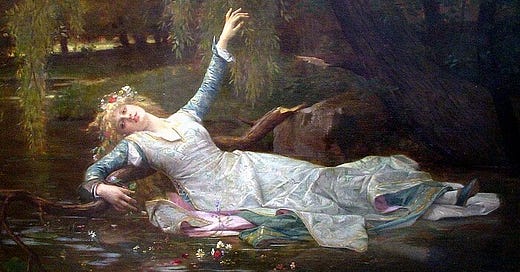

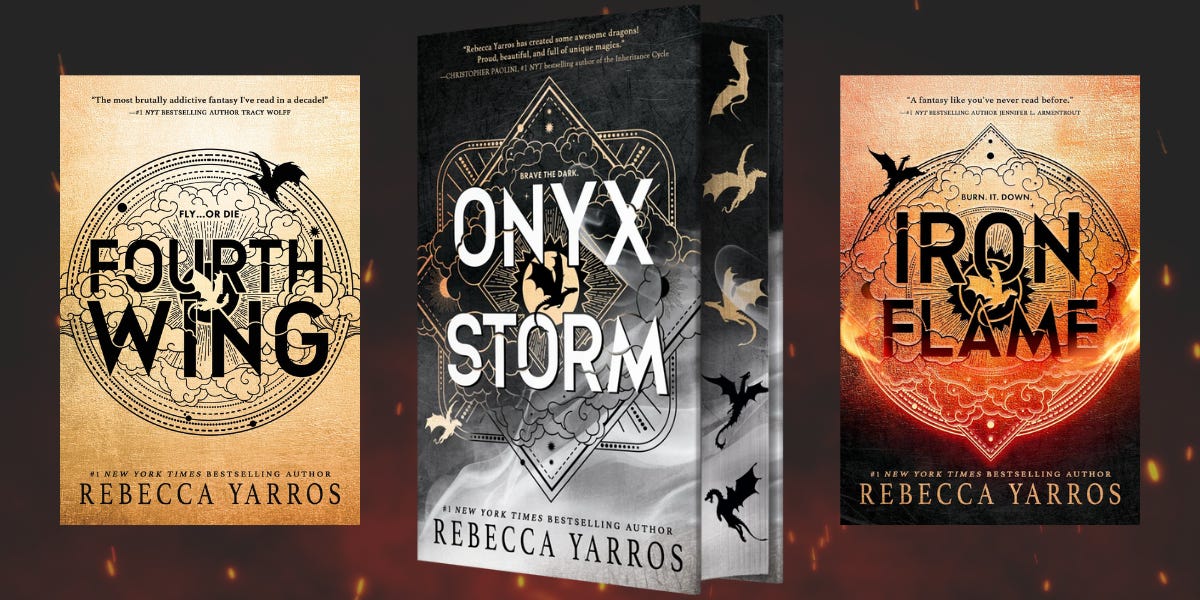
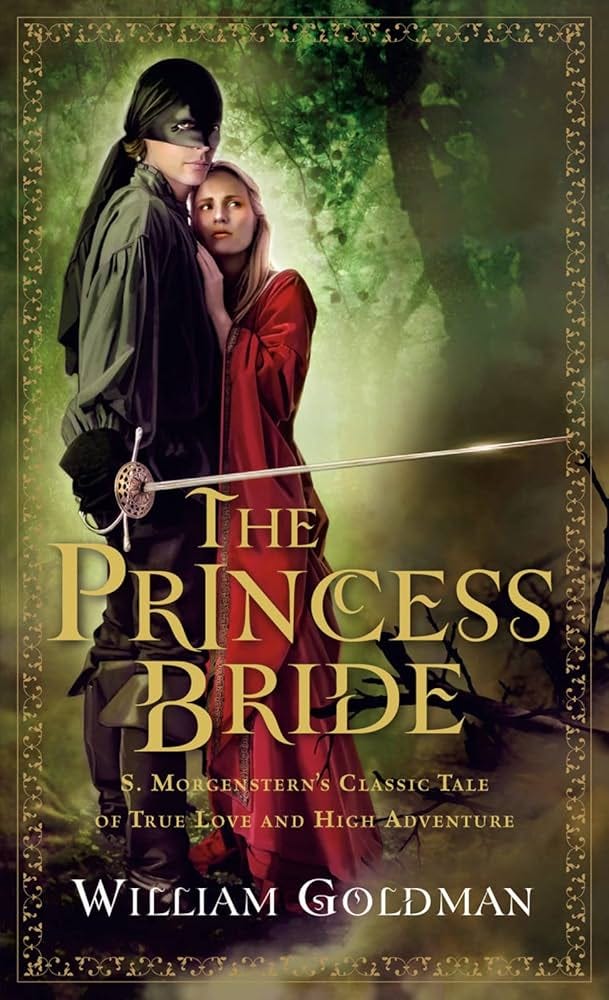
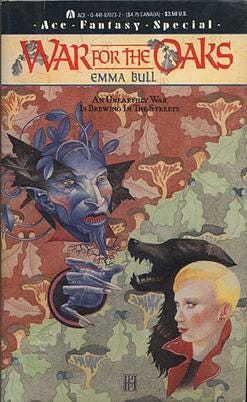
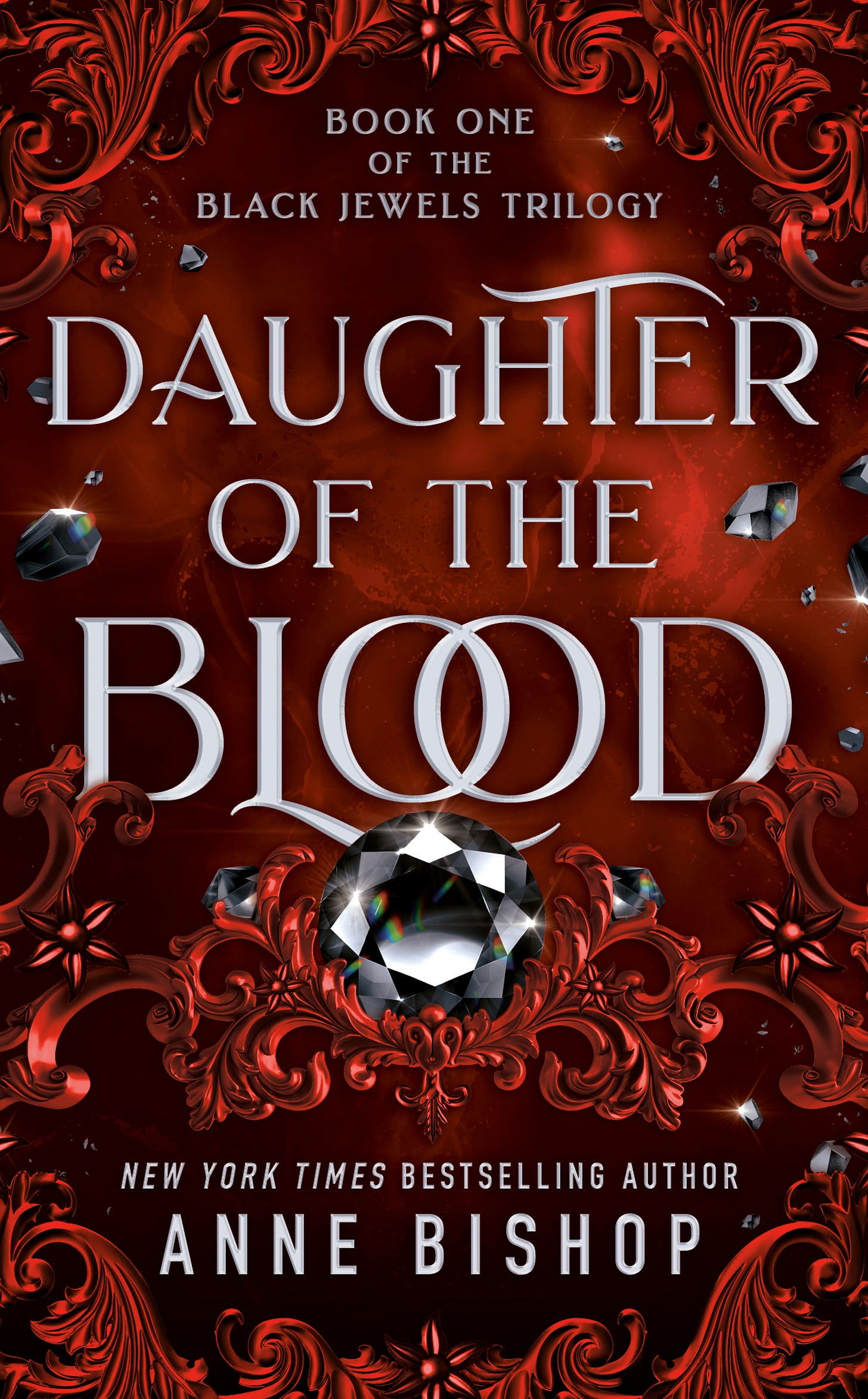
I had never heard of War for the Oaks! Interesting post. Thanks.